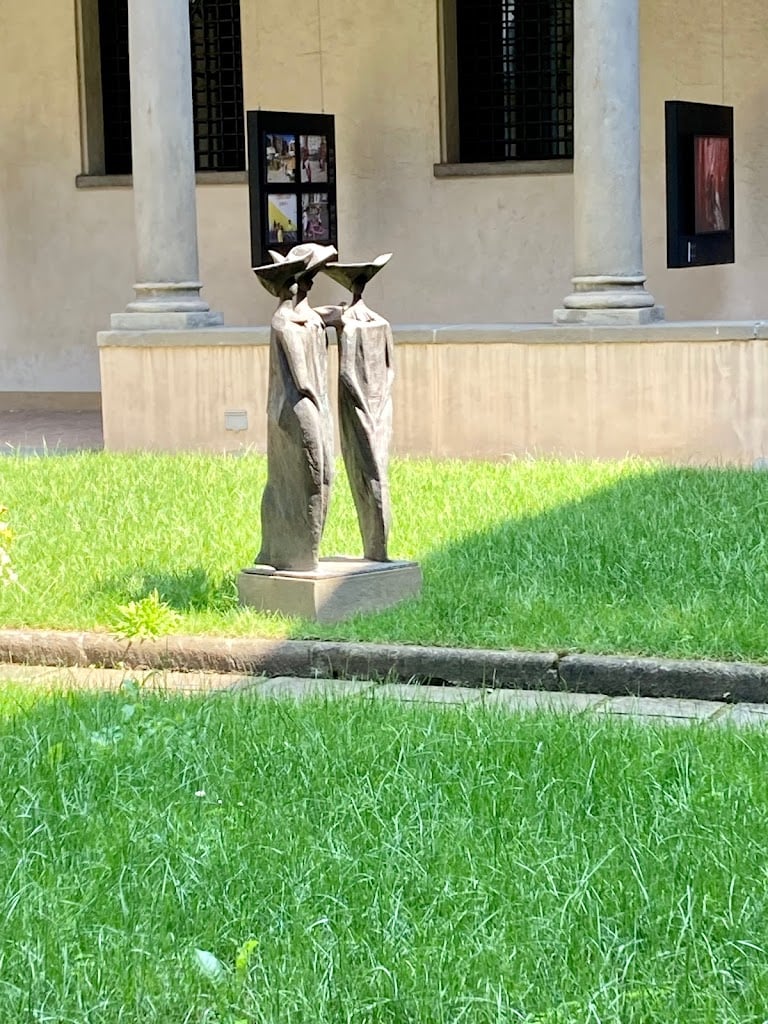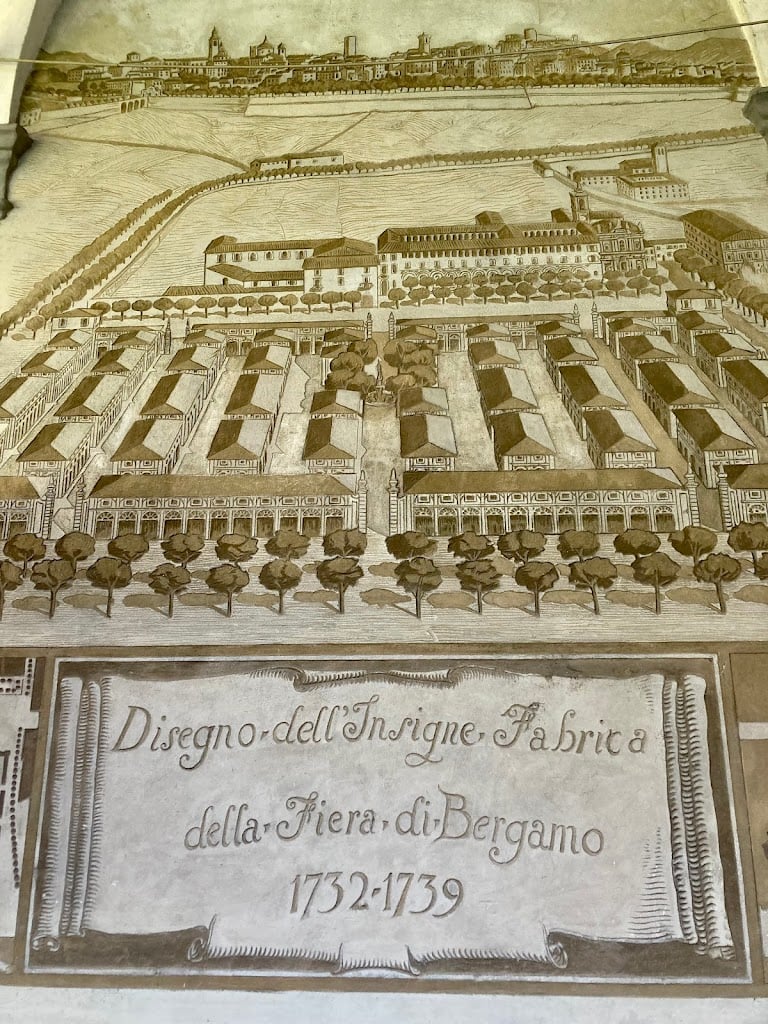Chiostro di Santa Marta



Ask ThatchGPT
Suggest a local expert to plan my trip
Suggest an unique itinerary for my Italy trip
What foods do Italy locals eat
What are some true hidden gems in Italy
Help me brainstorm trip ideas for Italy
Help me plan a family-friendly trip to Italy
What people say
Pedro Pereira
Available for hire
"Stepping through the entrance of the Chiostro di Santa Marta, visitors are transported back to a bygone era, where the cloister's serene arches and tranquil ambiance once resonated with the prayers and contemplations of Dominican friars. The cloister's origins can be traced back to the 14th century, when it formed the heart of a Dominican monastery. Over the centuries, the cloister witnessed the ebb and flow of time, serving as a place of study, prayer, and reflection for generations of monks.
The Chiostro di Santa Marta showcases a harmonious blend of Gothic and Renaissance architectural styles, reflecting the evolution of the monastery over time. The cloister's arcades, supported by slender columns, gracefully surround a central courtyard, creating a sense of enclosure and tranquility. The arches, adorned with intricate details and delicate carvings, hint at the craftsmanship and artistry that went into the cloister's construction.
The Chiostro di Santa Marta is not merely a masterpiece of architecture but also a repository of artistic treasures. The cloister's walls are adorned with frescoes depicting biblical scenes and the lives of saints, adding to the cloister's spiritual atmosphere. These frescoes, with their vibrant colors and expressive figures, serve as windows into the religious beliefs and artistic sensibilities of the era."
Wiktoria Górska-Kijanka
"The Church of Santa Marta and its adjoining cloister were once part of the cloistered Dominican monastery in Bergamo, which was suppressed in 1798 during the Napoleonic era. Today, the cloister is the only remaining part, hidden among the modern bank buildings in the Galleria Crispi of the lower city. Often overlooked by hurried passersby, the cloister occasionally comes to life as a venue for concerts and exhibitions.
Preserved in its original 15th-century layout, the cloister evokes the serene atmosphere typical of ancient prayer spaces. It remains one of the few places in Bergamo to maintain its authentic architectural composition. The cloister's two-level design, with its rhythmic play of light and shadow, echoes the loggias of the Seriana Valley, featuring wide porticoes on the ground floor and a double number of arches on the upper floor. "
Read more in:
Mentioned in these guides
About Chiostro di Santa Marta
Get the inside scoop on Chiostro di Santa Marta from local experts, travel creators, and tastemakers. Browse genuine trip notes, Chiostro di Santa Marta reviews, photos, travel guides, and itineraries from real travelers and plan your trip with confidence.
Save this spot for later or start mapping out a new trip today
Try our AI Travel Assistant and get instant answers to any questions about your trip.
Ask ThatchGPT

